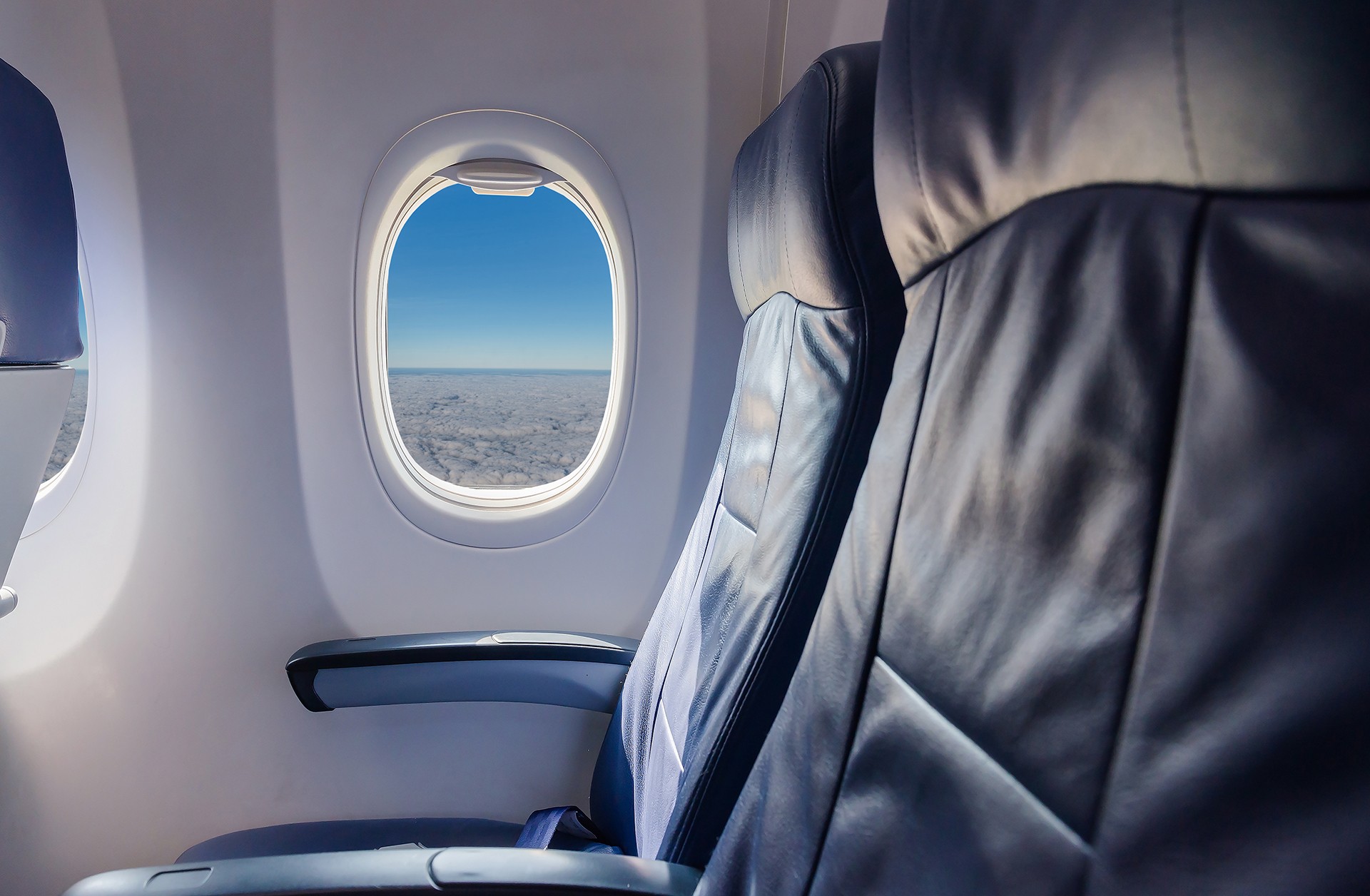A new study from a Massachusetts Institute of Technology researcher says there is increased risk of contracting coronavirus if the middle seat on an airplane is filled. He says that the risk of contracting the virus on a plane is 1 in 7,700 if middle seats are left empty and 1 in 4,300 if middle seats are filled. Assuming a 1% mortality rate, this would mean that your risk of dying from coronavirus is 1 in 430,000 if the middle seat is filled. Both of these rates are must higher than dying in a plane crash, estimated to be about 1 in 34 million. But this paper specifically addresses the risk effects of leaving airline middle seats empty, and using their numbers that’s 2.4 times less likely than being struck by lightning, so why is everyone talking about this study?
This study is causing people to talk because of headlines that say things like “Filling Middle Seats of Airplanes Doubles Risk.” This kind of sensational headline has no context, and it “sells copies” as newspaper people use to say but now “creates clicks.” I have read the study and found it compelling, and I assume it is methodologically sound and am willing to believe the results. What I found surprising was the comment from Professor Arnold Barnett: «Everything’s riskier these days, so the question is, what do you want to compare it to,» Barnett said. «I don’t know whether or not one wants to treat the risk as low.» He admitted that the study was “rough,” so does an MIT professor really not know if someone should treat this risk as low? As an economist who looks at risk in many contexts, I believe that comparing this is exactly what must be done. In fact, Professor Barnett qualifies his results in the paper by stating “However, data from late June 2020 imply that approximately 1 in 120 Americans have Covid-19 on a given day (i.e., 40,000 confirmed cases per day x 10 x 7 days is about 1/120 of the US population of 330,000,000). Thus, it is not clear that the risk of getting infected during a flight is any higher than the risk associated with everyday activities during the pandemic.” This is fair and accurate and better puts this risk into perspective.
Of course. those with higher potential risk due to underlying medical conditions need to be more careful of putting themselves into potentially risky situations. But given the rates in this study, blocking the middle seats would make no change to their behavior since even with empty middle seats these people will likely continue to avoid flying. Also, the study did not consider aircraft with two by two seating, where no middle seats exists. On these flights, very common in the US as all regional jets are configured this way, people sit next to each other and what would be the results to block half the seats on these planes to not let that happen? JetBlue is the only airline I know that is doing this today.
My biggest concern with this study is that it takes focus off of the most important issue to keep airplane flying safe, which is to have everyone wear a mask. Airlines are requiring this but there is no law or federal regulation requiring it yet, and this has some passengers still choosing not to wear one. The combination of mask wearing, HEPA filtering, regularly recycled airflow, sitting forward, and having a seat or bulkhead in front of you combine to make the airplane a low risk of contracting the virus when compared with other crowded spaces. Safer, for example, than office buildings and restaurants. United Airlines has stated that blocking middle seats is a PR strategy and the MIT study basically confirms this, as it shows the difference with the seat filled or not is small in true relative risk. We accept much greater risk in many things we do every day…



